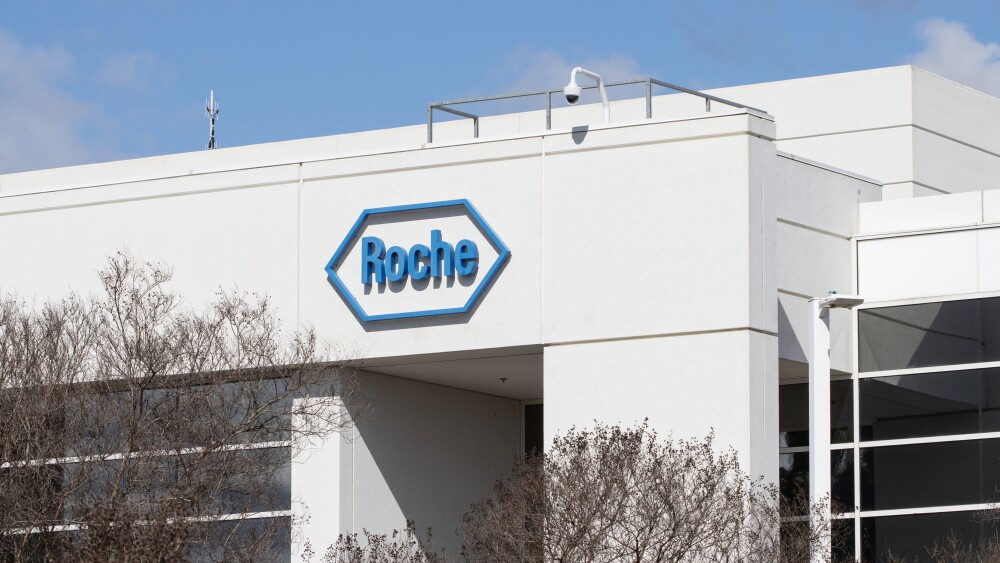Robert Mahley, founder and president of Gladstone Institutes, an internationally-recognized expert on heart disease, cholesterol metabolism and Alzheimer’s disease, is launching a biotech company to focus on Alzheimer’s disease. The company is called GABAeron.
Robert Mahley, founder and president of Gladstone Institutes, an internationally-recognized expert on heart disease, cholesterol metabolism and Alzheimer’s disease, is launching a biotech company to focus on Alzheimer’s disease. The company is called GABAeron.
Gladstone Institutes is affiliated with the University of California San Francisco. It is an independent biomedical research institute with more than 350 researchers and trainees and a total of more than 450 staff.
GABAeron will focus on engineered stem cell lines, genetic data and small-molecule drugs in hopes of developing therapeutics to preserve and maybe restore brain function in Alzheimer’s disease.
GABAeron is the second biotech startup Mahley has launched out of the Gladstone Institutes. The first was E-Scape Bio, which he co-founded with another Gladstone researcher, Yadong Huang, in 2017.
Not much is known about GABAeron, which at this time still does not even have a website. However, about a year ago the company applied for funding from the National Institutes of Health (NIH). That application provides some details, including that the company seems to be focused on a type of familial Alzheimer’s, and that it is using engineered stem cells transformed to embryonic-like states. They are then stimulated to become specific types of cells to rebuild neural networks that are being blocked or have been destroyed by the disease.
The induced pluripotent stem cells (IPS) in GABAeron’s research form “interneurons.” The San Francisco Business Times writes, “Those neurons are the telephone operators of the brain, creating neural circuits that deliver messages between neurons. They use a neurotransmitter known as gamma-aminobutyric acid, or GABA—thus the company’s name.”
The company will target one of the best-known genes linked to Alzheimer’s called ApoE4. ApoE4 in mice has led to the loss of a type of interneuron that using GABA. Other research has found that ApoE4 kills GABAergic interneurons.
Apparently, GABAeron transplanted IPSC-derived cells into mouse brains, and it restored normal learning and memory in mice, even when the rodents were modified to express ApoE4.
GABAeron received the $292,422 NIH grant in the fiscal year 2018 and is currently in the process of hiring a full-time senior scientist.
Gladstone Institutes announced yesterday the publication of Alzheimer’s research in the journal Neuron. In that research, they describe the finding that when fibrinogen, a protein involved in blood clotting, leaks from the blood into the brain, activates the immune system in the brain of Alzheimer’s patients, causing the immune cells to destroy synapses.
Led by senior investigator Katerina Akassoglou, this research further strengthens the idea that Alzheimer’s has a significant immune and inflammatory component.
“We found that blood leaks in the brain can cause the elimination of neuronal connections that are important for memory functions,” stated Akassoglou, who is also a professor of neurology at UCSF. “This could change the way we think about the cause and possible cure of cognitive decline in Alzheimer’s disease and other neurological diseases.”
One of the key components of Alzheimer’s disease is the accumulation of beta-amyloid plaques in the brain. Many failed drugs have worked to clear or prevent the development of amyloid in the brain. These drug trial failures have cast a shadow on the theory, although most researchers believe amyloid is still a key factor in the disease.
However, Akassoglou’s group showed that fibrinogen can cause damage even in brains that don’t have amyloid plaques. “Traditionally, the build-up of amyloid plaques in the brain has been seen as the root of memory loss and cognitive decline in Alzheimer’s disease,” stated Mario Merlini, first author of the study and a staff research scientist in Akassoglou’s laboratory at Gladstone. “Our work identifies an alternative culprit that could be responsible for the destruction of synapses.”





